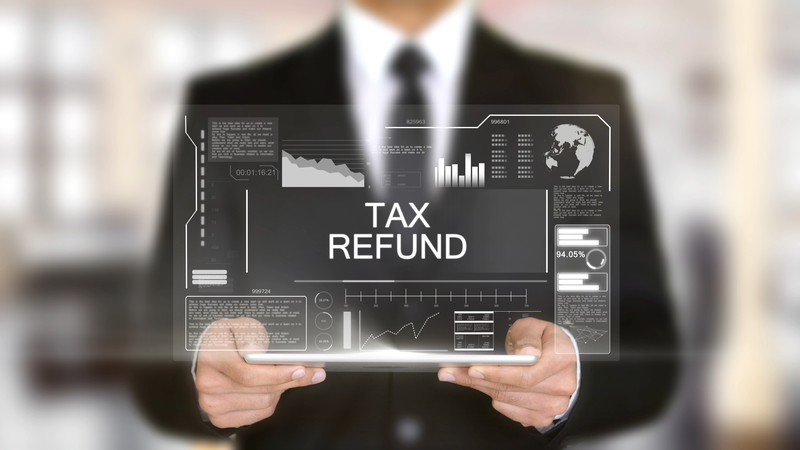Introduction to Canada’s SRED Tax Credit/Refund Program
SR&ED stands for Scientific Research and Experimental Development. The SR&ED tax credit program is available to companies operating in Canada that invest and engage in experimental development in Canada.
Every year, the CRA issues in excess of $4 Billion CDN through the SR&ED tax credit program.
Will my company receive a tax refund or tax credit?
Canadian Controlled Private Corporations are eligible to receive a 35% refundable tax credit. A foreign company or non-CCPC is eligible to receive a 15% non-refundable tax credit to offset any corporate taxes owed.
What does an SR&ED Consultant do?
An SR&ED Consultant is an expert in SR&ED including:
- SR&ED Section of the Income Tax Act.
- The SR&ED Glossary and Claim Review Manual, and all technical and financial policy documents.
- How to compile research related to the technology baseline (“knowledge base”), review supporting documentation, and ask questions to filter out needed information.
- How to write “SRED-ily” and translate your work into terms the CRA is looking for.
- Tax Court of Canada rulings since the inception of the program.
Why should my company use an SR&ED Consultant?
An SR&ED consultant can help “translate” your industry jargon and work into SRED-eligible language, and filter out content that might increase the risk of your claim being rejected. They may also be able to unearth claimable projects that you might not have even thought might be eligible.
Having a technology background to submit a SRED claim on behalf of a technology company is not essential, but is at least as equally important as an understanding of the SR&ED program. A consultant with good industry background better understands industry-standard practices and asks relevant questions to dig into the details that the CRA needs. They will also be able to determine which projects may or may not be deemed eligible.
What sorts of projects should I consider claiming?
When compiling your list of potential projects, include projects that are still being worked on and those that weren’t successful and were abandoned. Even projects where only a conceptual “prototype” was considered are important for SRED.
“Trial and Error” vs. Systematic Experimentation
In SR&ED, trial and error are where you decided to try something just “to see what happened”. Often, there is actually a hypothesis for these projects—“we thought if we did this we could achieve this outcome”. This is actually the start of systematic experimentation.
Product Developmental Objective vs SR&ED Hypothesis
Development work to produce a commercially marketable product may not be SR&ED. But there may be one or several SR&ED components during the project. The product development objective or overarching goal for a product is not the same as a SRED hypothesis. SRED is more about what you need to do to get your product to do what you want or need it to do, not the product itself. Your existing industry, company, or internet knowledge can only take you so far. If you encountered knowledge gaps along the way that industry knowledge or expertise couldn’t help you solve right away, you’ve found your SR&ED.
Unique vs. Technological Advancement
A product that is unique to the market does not in and of itself make the work done for that project eligible for SRED. SRED is not about the sales pitch. You don’t have to sell the CRA on your product’s unique features or value-add to the industry or people’s lives or why your product/device is better than your competitors’.
The CRA wants to know how your product/device development journey generated knowledge and technological advancement. Remember that “knowledge gap” mentioned earlier? The steps you needed to take to solve that knowledge gap—even if those steps eventually led you to abandon any further work—are considered “technological advancement”. You couldn’t have reached your conclusion by reading documents on the internet but only through the journey of experimentation and analysis.
Failed Projects May Still Put Cash in your Pocket
Usually, companies only want to talk about their success stories, about the final solution that worked. It is very likely that there were several attempts to resolve an issue before reaching the final solution or deciding to discontinue work. These attempts would have generated new knowledge that fueled experimentation on a different tangent. These sorts of projects are also worthy of consideration.
Your company may receive a credit or refund against the hours invested and any materials wasted in that experimentation. If the experimentation that generated that conclusion involved actions that were not considered standard practice or available from “public domain”, or had to be combined in previously unknown ways, add it to the list.
Contact SRED Unlimited for your FREE 15-minute, no-obligation consultation. Let us show you what we can do for you and maximize your SR&ED claim.




